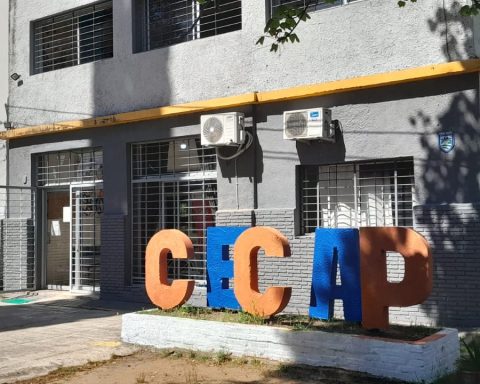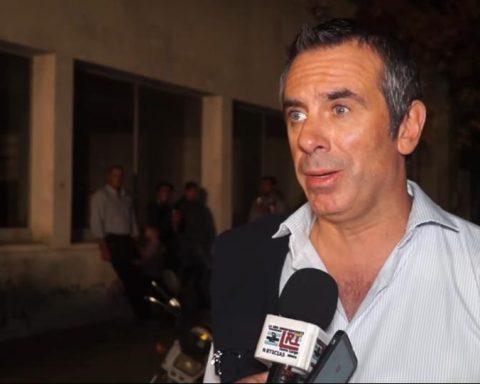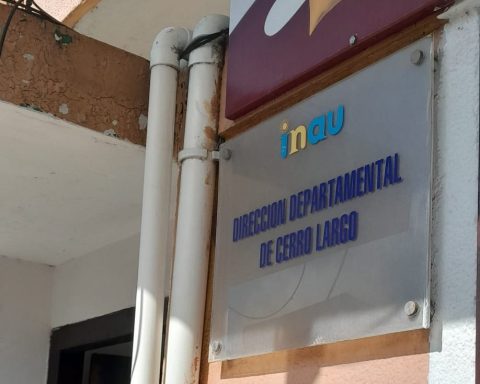After strengthening almost 6% at the end of last year, the dollar started 2022 in the doldrums. In January it weakened 1.2% against the Uruguayan peso compared to the last transaction in December ($44.70) and in the The first two operations in February lost another 0.7% and returned to the $43 range in the wholesale market.. This Wednesday, the interbank dollar fell 0.12% in the average of operations, which was $ 43.85. Thus, the US currency lost 85 hundredths (1.9%) since the last operation of 2021.
On the BROU public board, the dollar was offered this day at $42.65 for purchase and $45.05 for sale.
What explains the drop in recent days?
According to foreign exchange market sources commented to The Observer there is “certain lack of liquidity of pesos” in the local market. In addition, there is also a certain demand for nominal bonds from abroad that are usually channeled in the foreign exchange market through two private banks of the financial system.
The analysts and economic agents who answered the last Central Bank Expectations Survey (BCU) in January expect the dollar close at $46.40 at the end of this year.
This weakening of the greenback in the Uruguayan exchange market occurs in a context where international markets and analysts are anticipating a global rise in the dollar once the US Federal Reserve (Fed) begins to raise interest rates. Some manage three hikes with the first in March, while the bank Goldman Sachs foresees a more aggressive policy from the Fed this year with four hikes during 2022.
For his part in Brazil -regional reference market for Uruguay- the dollar was trading this Wednesday at 5.27 units per real in a context also of strengthening of the Brazilian currency in recent days. At the end of December, the real was trading at 5.75 units per greenback. The Central Bank of Brazil (BCB) is preparing to raise its reference interest rate this Wednesday by 1.5 percentage points, up to 10.75%, according to market expectationsreaching double digits for the first time in five years, in the face of threatening inflation and despite the fact that it undermines economic growth. The decision, anticipated at the December meeting in response to price increases that reached 10.06% in 2021is expected as the conclusion of the first meeting of the year of the Monetary Policy Committee (Copom) that begins this Tuesday.
Meanwhile, in Argentina, the “Maximum effect”, as defined by wholesale caves, is the reason why the blue dollar rose 2.50 from 214 to 216.50 Argentine pesos this Wednesday. The step aside of Máximo Kirchner as head of the ruling bloc in the Chamber of Deputies brought uncertainty in the parallel dollar market, reported El Cronista.
















